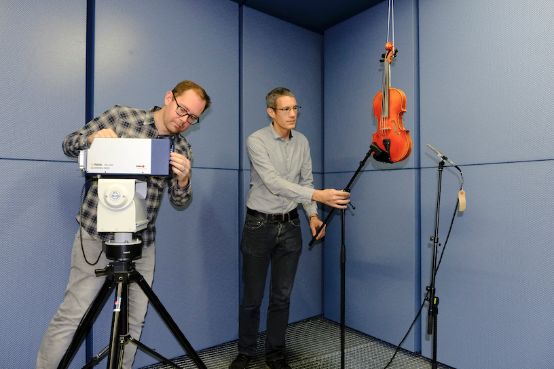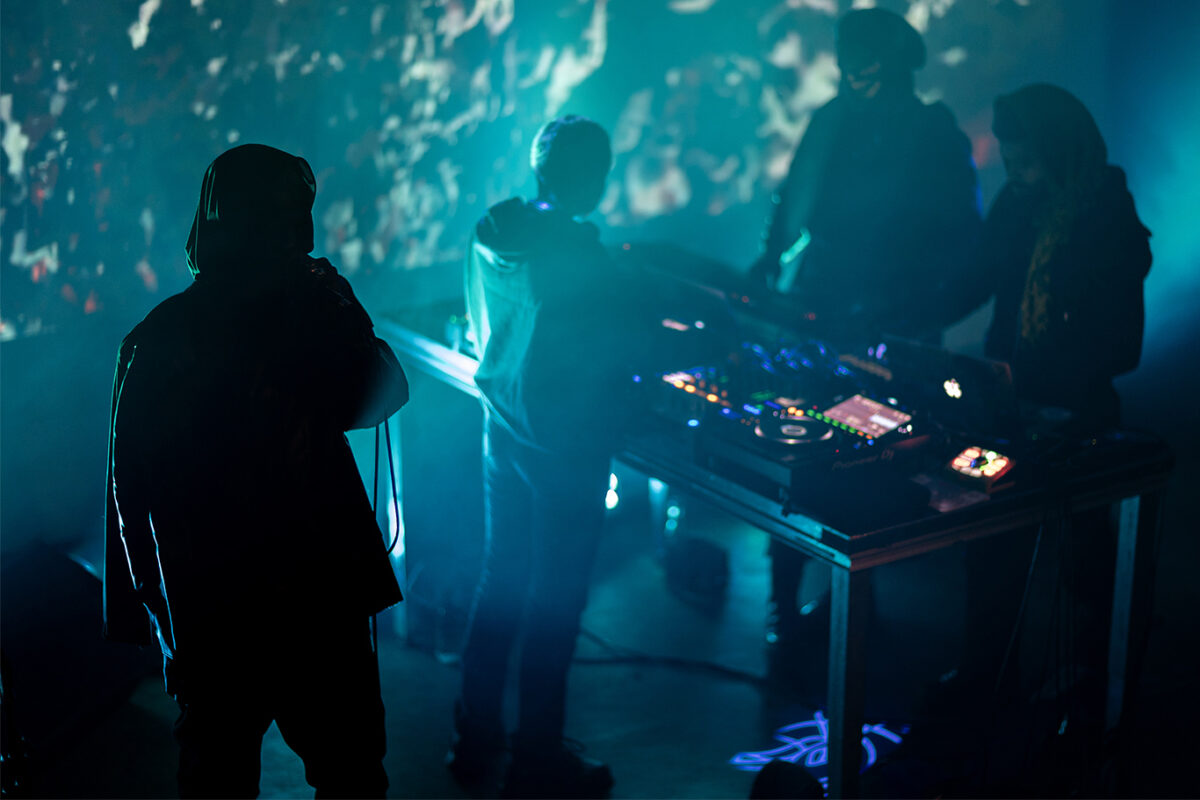Empa examines violins made from mushroom wood
Do violins made from mushroom-treated wood sound like an antique master instrument? Acoustics researchers at Empa are currently putting instruments made from so-called mycowood through their paces.

The new project of Empa's Acoustics/Noise Reduction department in Dübendorf is investigating the sound of biotech violins from the first moment of their creation to the sensation they trigger in the listener. A whole series of instruments are being tested, including the original, an untreated copy and various violins made from mushroom-treated tonewood.
In a first step, the researchers measure how sound waves propagate in the wood of the violins. In this structure-borne sound measurement, an electromagnet excites the strings of the instruments so that a musician's individual bow stroke does not distort the results. Experts in the field of psychoacoustics are testing how people experience the sound of the biotech instruments. In Empa's laboratory for hearing tests, test subjects will have to evaluate samples of the instruments. Using standardized questionnaires, the psychoacousticians will try to identify significant sound characteristics of the individual violins.
Mycowood is produced with the help of a fungus that naturally causes so-called white rot in trees. The fungus threads convert the maple and spruce wood for violin making in the desired way. During the two to three months in which the sprouts work on the wood, the mass hardly decreases. Other pests degrade up to 50 percent of the wood mass during this time, whereas the violin fungi only degrade 0.5 to 1 percent.








